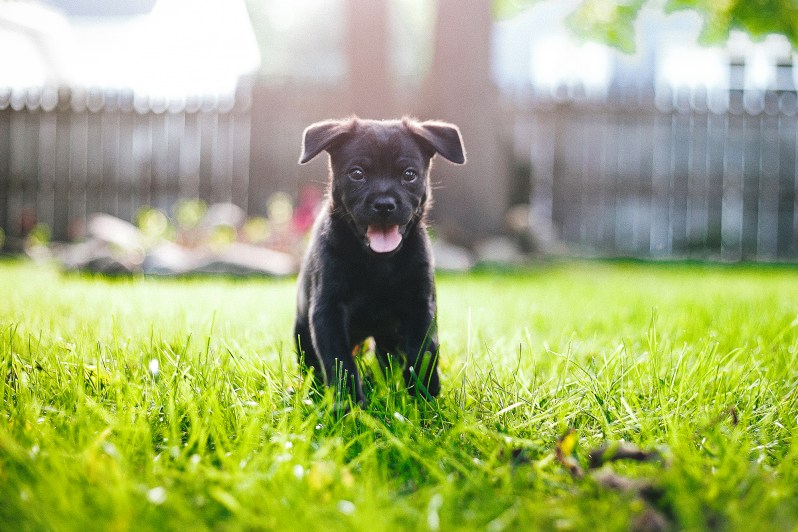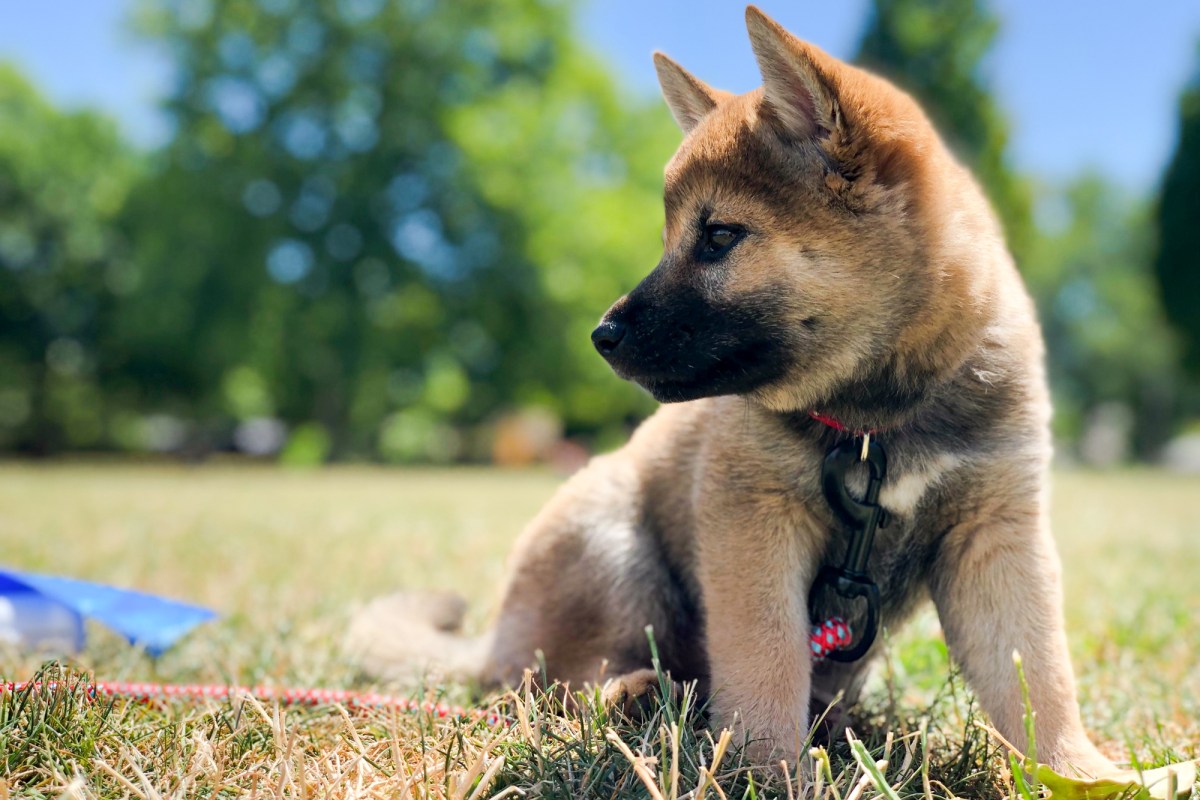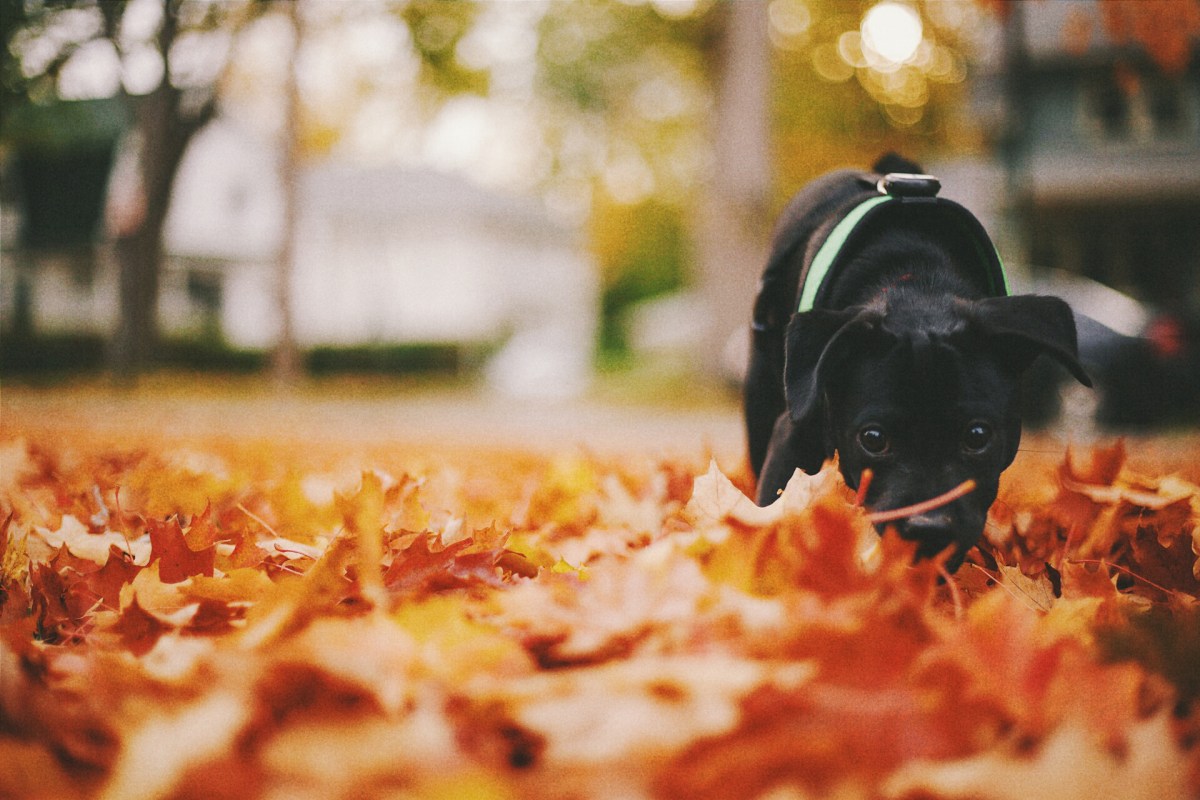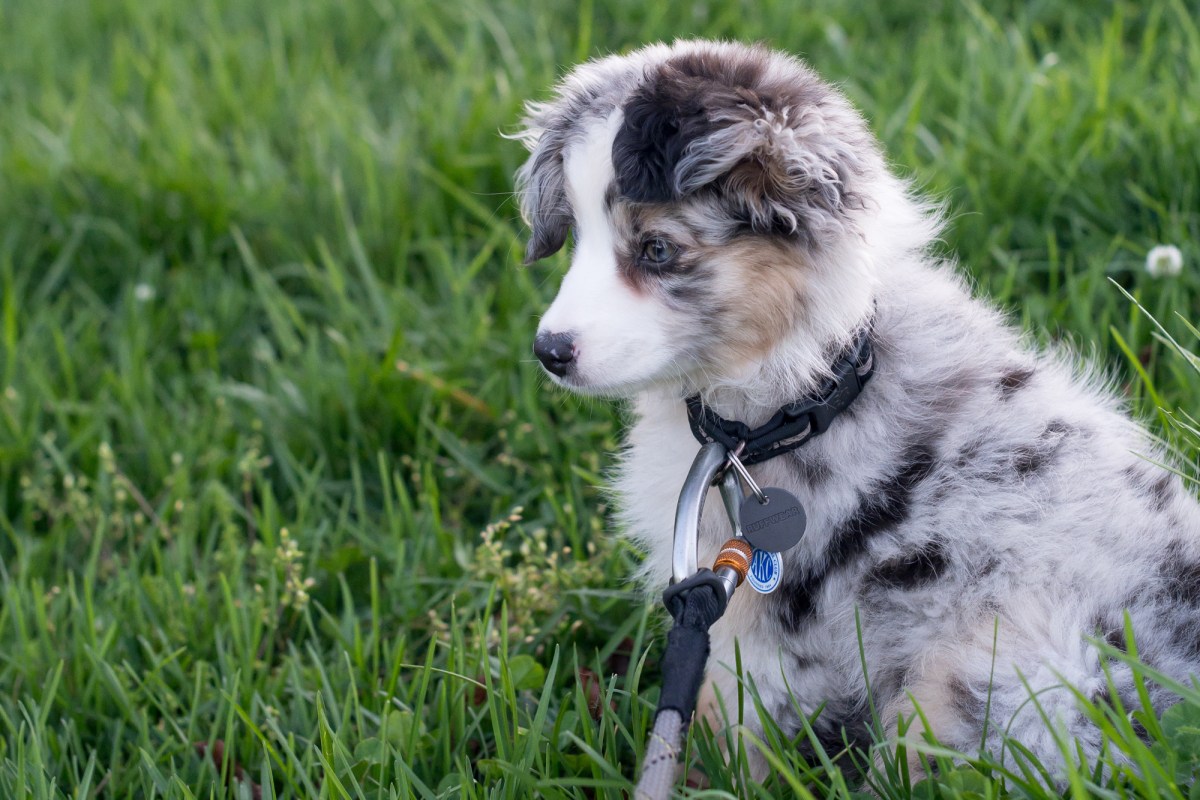
Congratulations! If you’re reading this, you likely have or are getting a puppy. Owning a dog can drastically improve your quality of life, help you lose weight, increase overall happiness, and keep you safer. However, getting a puppy is not all sunshine and, well, puppies. Much like a newborn, a puppy is a tiny, unaware poop and pee machine. They need your help becoming a happy, safe, goodest boy or girl.
If you had a dog growing up, forget everything. Getting a puppy as an adult will be more difficult, costly, and yet also more rewarding than you remember. We’re here to help you navigate the first few months of this wild journey. Ready, fetch.
Do Research
The goal is to give a dog a forever-home. The best way to achieve that is to be strategic. Take an honest look at your lifestyle; what dog breed is a match? Do you run and hike a ton or prefer indoor workouts and couch time? Are you prepared for a high-energy dog? One with specific health problems? Do your research, take quizzes online, and play matchmaker before you adopt or visit a breeder.
(TSA also wants you to adopt unwanted bomb-sniffing puppies and it’s adorable.)

Get Ready to Spend Money
Dogs aren’t cheap. Adoption fees, vaccines, food, startup supplies, toys x 1,000, and the once-in-a-while case of giardia and $600 bill from the vet. Dogs are a big expense, so if you’re not in a place where you want to dedicate funds to a puppy, consider a goldfish … or a plant.
Set Up the Bathroom (Before Adopting)
When you bring the little pup home, you want to dedicate a space for it to feel safe, comfortable, and cozy. A good place to do that is the bathroom. It’s close to your bedroom and is permitted to get dirty. Grab these items and set up the bathroom the day before adopting:
- Adjustable gate for the bathroom doorway
- Comfortable bed – not too big
- Extra towels and hand towels (there will be vomit, pee, and poo)
- Urine pads
- Snuggle stuffed animal
- Radio
- Shampoo wipes and actual puppy shampoo
- Urine spray
- Small water and food bowls
- Pumpkin puree for upset stomachs. Not pie filling, but the unsweetened in the grocery store baking aisle
- Cheap collar and leash to grow out of
Bringing home a puppy can feel like a newborn baby. You don’t want to leave the house or bring the puppy into a busy store.

When you do eventually need to leave, keep your puppy in the bathroom (aka its safe room) with a couple pee pads on the opposite side from its bed, water, and the radio turned on. Background noise will make your pup feel less alone and less inclined to whine, bark, or gnaw the wall corners. A radio also helps when putting the puppy in the bathroom at night, comforting them so they sleep *a little more* soundly.
Life Revolves Around Potty Breaks
The first few weeks of having a puppy is a revolving door of potty breaks. Set up your puppy for success by taking them outside every 30 minutes … your goal is to take them before they have an accident. Yes, it feels like a lot and is difficult when you’re tired at night but the more you can teach your puppy to relieve themselves outside, the easier potty training will go.

When your puppy is outside and goes to the bathroom, say ‘go potty’ and cheer them on. Soon enough — realistically, a couple months — you should be able to say ‘go potty’ and your dog will know what to do. Don’t yell or discipline if they have an accident. Really, it’s your fault for not taking them out. Set up potty pads in their room and if they begin peeing inside, place them on the pad and cheer them on. In the morning, expect a mess of pee and poop. Consider it initiation. And remember, they’re very small and can’t help it.
Every 30 minutes will become an hour, an hour and a half, two hours, and longer. Puppies develop bladder control at roughly 6 months.
Pick Up the Water Bowl
Allow your puppy access to fresh water all day. Refresh the water and keep the bowl clean, but remove water in the evening (i.e. 7 p.m.). Your pup will be fine and have fewer messes in the morning.
Remember: Your Puppy is Very Young
Patience. Getting a puppy and owning a dog requires a world of patience. Remember that if your puppy isn’t sitting, shaking, and rolling in week one (which will never happen), it’s because they’re very young. Even once your puppy is 8-12 months, be patient.

Sign up for Real Training
Real, one-on-one training with a dog behaviorist and expert training is essential. Spend the extra money. Real training gives your puppy the tools it needs to be safe and happy for the rest of its life. And no, you aren’t an expert and your instincts are probably wrong. Research a local, top-rated behaviorist trainer to do one-on-one training with you and your dog. This type of training isn’t much pricier than a chain pet store class and will ballpark around $500. Once you begin training, you’ll realize that 90% of dog training is human training. Again, set up your puppy to succeed as an adult dog by training. It keeps both of you safe.
Learn Your Leashes
There are so, so many types of leashes. Once again, you are not an expert. Having a trainer will help you determine the right leash for your puppy. Whether they’re prone to lunging, distraction, or nipping, you’ll want a specific leash. Your trainer will also teach you how to correctly use the leash.

Either way, you’ll need a collar to keep their AKC microchip ID, name, and number if lost, and rabies tags. You’ll also need a leash or two. We recommend United By Blue’s Woven Dog Collar ($16) and Woven Dog Leash ($28). They also make amazing collapsible dog bowls. Keep one in the car and one in your daily work bag.
Did I Mention Patience?
To reiterate, be patient with your puppy. They want to learn and be the goodest boy and girl. Reward good behavior, correct bad behavior (the moment it’s happening), and remember this is literally the hardest, most crucial time in your dog’s development. But you’ll get through it.
Clean Their Ears and Brush Their Teeth
Teach your little pup that it’s OK to have people touching their ears, teeth, nose, stomach, and paws. Normalize contact for a calmer experience at the vet, with children, and interacting with strangers.
Print an Introduction List
Show your puppy the world. Keeping an eye out for the things that frighten your puppy too much (which we don’t want), introduce them SLOWLY to a ton of people, places, sounds, types of weather, and experiences. Print a ‘list of things to introduce your puppy to’ — easy to find online — and cross off each item. If your six-month puppy freaks out while on a walk, try noticing the ‘new’ thing they’re seeing. It can be a balloon, a person with crutches, the roar of a motorcycle, etc.

Fanny Pack Life
Whether or not you believe in fanny packs as a fashion statement, this accessory is a must for walking your puppy. Rushing out for the bathroom or exercise, a dedicated dog fanny pack with poo bags, treats, and any other necessities mean you can reward your puppy for good behavior while always picking up its poop. Don’t be that guy who leaves dog poop on the street. Keep your dog fanny pack by the door near the leash.
You Don’t Have to Let Everyone Say Hi
You’re a dude with a puppy, people want to say hi. They’ll squeal, shout, freak their freak to say hello to your cute dog, but it’s your decision to let them. You never have to say yes. If you’re in training or if your dog is sick, politely say ‘no’ and physical stand between the person and your dog. A lot of people won’t understand and get offended, but it’s your dog. A dog is not a cute accessory. He or she is a life companion that you are setting up for success.

You’ll be shocked by how many people try to secretly pet your puppy in passing, or scream to play with them. A simple way to deter people is by saying, ‘They have worms/diarrhea.’ Nobody wants to touch that. Or if you’re allowing it, make your puppy sit and stay before rewarding with play.
The rest is learn-as-you-go. If you’ve made it this far, we’re confident you’re going to be the best dog dad there ever was.
If you like pit bulls, check out this amazing guide on how to take care of your pit bull puppy.


